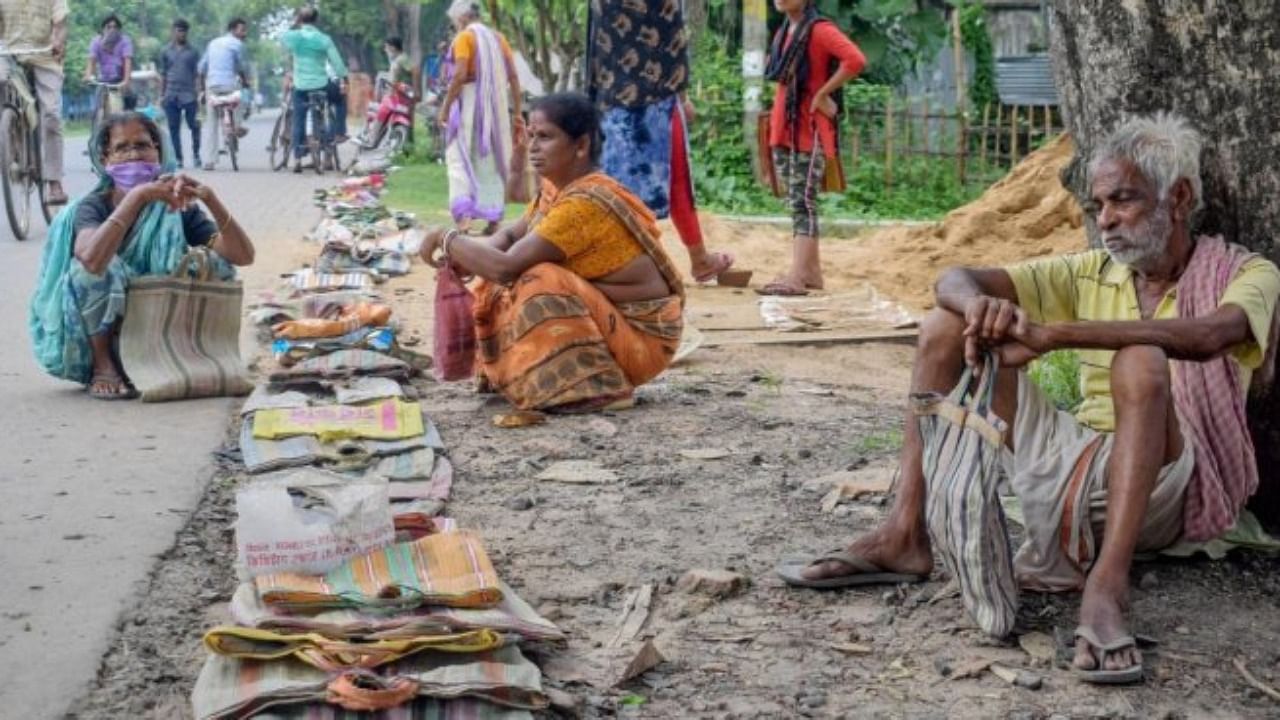
Will the visual of a young man repeatedly striking the statue of Mary outside a church in Narayanpur, Chhattisgarh, become one of our defining images, like the December 6, 1992, visuals of vandals hammering the domes of the Babri Masjid in Ayodhya? No national newspaper published this picture on page one, but social media ensured its dissemination far and wide, along with the visual of a statue of a bleeding Christ, ruptured at various places by the same mob earlier this week.
Newspapers chose, instead, to use the photograph of Superintendent of Police (SP) Sadanand Kumar clutching his bleeding head. One video showed the mob using their unauthorised weapons more effectively than the police used their authorised ones. Even after the miscreants' lathis landed on the officer's head and another policeman was lifted and thrown to the ground, the police chose not to open fire. The SP confirmed that his men maintained "restraint" despite the assault on him.
What's new? Police restraint when a violent mob comprises Hindutvawadis has been a recurring pattern through the decades, across states, no matter which party has been in power. Seven decades of secularism haven't got rid of the police's pro-Hindu bias, nor have harsh indictments of this bias by judicial commissions of inquiry into communal riots.
An additional factor for the police's restraint this time was that the violence involved tribals, not a section of our citizenry that the State has ever cared much about. It is telling that the attack on the church wasn't some sudden outburst in a remote forest area that caught the administration by surprise. The church was only one km away from the district headquarters. Moreover, tribals in the Narayanpur district have been attacked regularly since October for having converted to Christianity. Just a fortnight before this incident, 200 of them were driven out of their homes by their fellow tribals for refusing to give up their belief in what their attackers described as a "foreign" religion. The administration had to shelter them.
So it is reasonable to conclude that the police, by their inaction, allowed this latest attack to take place. The arrests they have now made could have been made earlier, for the same BJP tribal leader now arrested was named earlier, too, by the victims. Yet, the police neither arrested him on their own, nor were they ordered to do so by their political masters. Just 12 days earlier, the CM himself had tweeted a picture of a Christian delegation meeting him and had declared in the tweet that nobody was above the law in his state.
Bhupesh Baghel isn't the first CM to make hollow promises. His claims could have been ignored as a politician's usual hypocrisy had it not been for one factor: his active participation in the Bharat Jodo Yatra. The attacks in Narayanpur symbolise the very hatred the Yatra is supposedly opposing. What use those pretty words from Rahul Gandhi about having opened a "mohabbat ki dukaan" when your own party does nothing to protect victims of communal hatred, despite being in power on its own?
Chhattisgarh goes to the polls in November, and Amit Shah is set to launch the BJP's election campaign in the state from a tribal constituency very soon. Conversions to Christianity will be an election issue for the BJP, which alleges that tribals are misled and bribed into converting. Like the theory of "love jihad’’ which makes out Hindu girls to be brainless, this theory also assumes that tribals lack the ability to make sound decisions that affect their very being. It says a lot about the Narayanpur tribals' belief in Christ that many chose to leave their homes rather than give up their new religion. Does the BJP think that violence can shake such adherence to faith? It might be instructive for the party's leaders in Chhattisgarh to read reports from Kandhamal, Odisha, where large-scale violence by Sangh Parivar followers against Christian tribals in 2008 had led to many of the latter adopting Hinduism, for only then were they allowed to return to their villages. This was actual forced conversion, the kind the Sangh Parivar rants about, and it was carried out, ironically, by the Parivar's followers. Even six years later, some of these new converts to Hinduism told a fact-finding report that while attending bhajan satsangs, in their hearts, they prayed to Jesus.
The Christmas that's just gone by was marred by violence against followers of Christ not only in Chhattisgarh but also in Karnataka, Uttarakhand and UP. But the party in power in these states views Christians as followers of a "foreign" religion. Chhattisgarh's ruling party was thought to be different.
(Jyoti Punwani is a senior journalist)
Disclaimer: The views expressed above are the author's own. They do not necessarily reflect the views of DH.